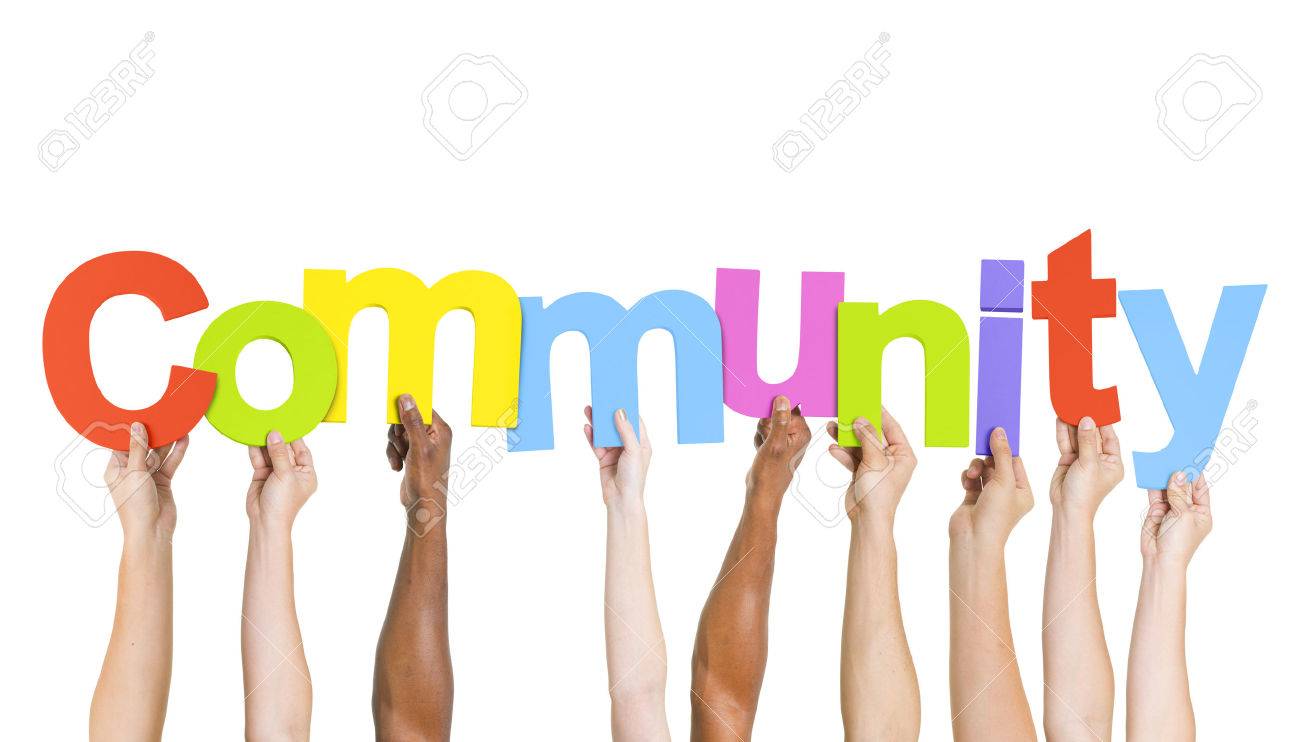The substance use treatment community is aware of the value of community for individuals in recovery. However, methods for assessing and engaging community supports are lacking. A group of researchers, led by Nina Kavita Heggen Bahl from St. Olav’s University Hospital in Norway, have now presented a tool for mapping and assessing multiple psychological senses of community (MPSOC). They also outline an approach for promoting community through clinical pathways for treating problematic substance use.
“The findings suggest that multiple communities (geographical, relational and ideal) and senses of communities (within and outside treatment) simultaneously can influence individual recovery processes from problematic substance use in both positive as well as negative ways,” the researchers write. “As such, these community dimensions are of central importance to include in mapping and assessing of patients’ social situations, as well as in the promotion of MPSOC through clinical pathways.”
 A sense of community and belonging is an integral part of recovering from a variety of mental health disorders and in lowering the risk of developing these symptoms in the first place. Social identity is posited as a key factor in substance use disorders in particular. As theorists and clinicians thinking through addictions are often vocal about etiology rooted in the isolation and meaninglessness so rampant in society today and the healing power of community, there is a need to develop systematic ways to combine this understanding with existing clinical treatment pathways.
A sense of community and belonging is an integral part of recovering from a variety of mental health disorders and in lowering the risk of developing these symptoms in the first place. Social identity is posited as a key factor in substance use disorders in particular. As theorists and clinicians thinking through addictions are often vocal about etiology rooted in the isolation and meaninglessness so rampant in society today and the healing power of community, there is a need to develop systematic ways to combine this understanding with existing clinical treatment pathways.
Bahl and a team of researchers utilized previous, in-depth research on Norwegian substance abuse treatment service users’ multiple psychological senses of community (MPSOC) to present a tool and propose an approach for mapping and assessing MPSOC as a facet of recovery among people with substance use problems.
Employing the MPSOC concept as the theoretical and analytical approach in our previous study, the aim was to obtain a multifaceted and in-depth understanding of personal experiences of the positive and negative influences of multiple communities on individual substance use recovery processes.
The study found themes including the positive and negative influences of geographical communities, the positive and negative influences of relational communities, and ideal communities where one can feel useful and learn from others with experience in recovery. The latter is considered a unique finding insofar as they require the person to envision their social needs for recovery (in the study, they could).
“Moreover, the findings suggested that participation in communities that are perceived as positive for one’s recovery is likely to facilitate natural recovery by promoting elements such as social competence and social support, and experience of safety and stability, and social recovery capital,” they add.
Their analysis also concludes that restricting contact with communities that negatively impact recovery helps prevent exposure and reminders of substance use-related identity.
One practical suggestion the authors propose for integrating these findings into clinical work is to include the mapping of “multiple communities such as work, school, neighborhood, and social networks” in an effort to understand the patient’s challenges, needs, and resources.
They also developed questions for use as mapping and assessment tools and models for the initiatory phase of cross-disciplinary, specialized treatment. Aimed at providing a foundation for constructing MPSOC in treatment, the authors suggest that treatment groups discuss how to maintain or increase desired levels of the various dimensions used in the mapping and assessment. This includes how degrees of support may increase by enhancing the supportive capacity of the community in question.
The initial mapping and assessment may serve as a baseline for developing a post-treatment plan by understanding how positive PSOC dimensions can be promoted in communities. As per Norway’s strategy of deploying follow-up services provisioned by its municipalities, follow-up coordinators may help promote and reinforce PSOC, a strong recovery identity, deep connection to community, and peer support in recovery processes for service users.
Discussing challenges to implementation, they write:
“These suggestions involve several challenges, such as the requirement of patients’ effort to participate in mapping and assessing in a very vulnerable period of their life. Allocation of sufficient time to staff for undertaking additional tasks and constructing the PSOC is also required, as is the well-functioning co-operation between the interdisciplinary coordinating group, follow-up services co-ordinator, community connectors (e.g., volunteer organizations), and other communities.”
Difficulties notwithstanding, these tools and approaches support the aims of Norway’s national clinical pathways and provide for the global substance abuse treatment community a means to map, assess, and promote MPSOC for long-term recovery.
****
Bahl, N. K. H., Landheim, A. S., Nafstad, H. E., Blakar, R. M., & Brodahl, M. A. (2021). Mapping, assessing, and promoting multiple psychological senses of community (MPSOC) through clinical pathways for treating substance use problems. Nordic Studies on Alcohol and Drugs. https://doi.org/10.1177/1455072520985976 (Link)














